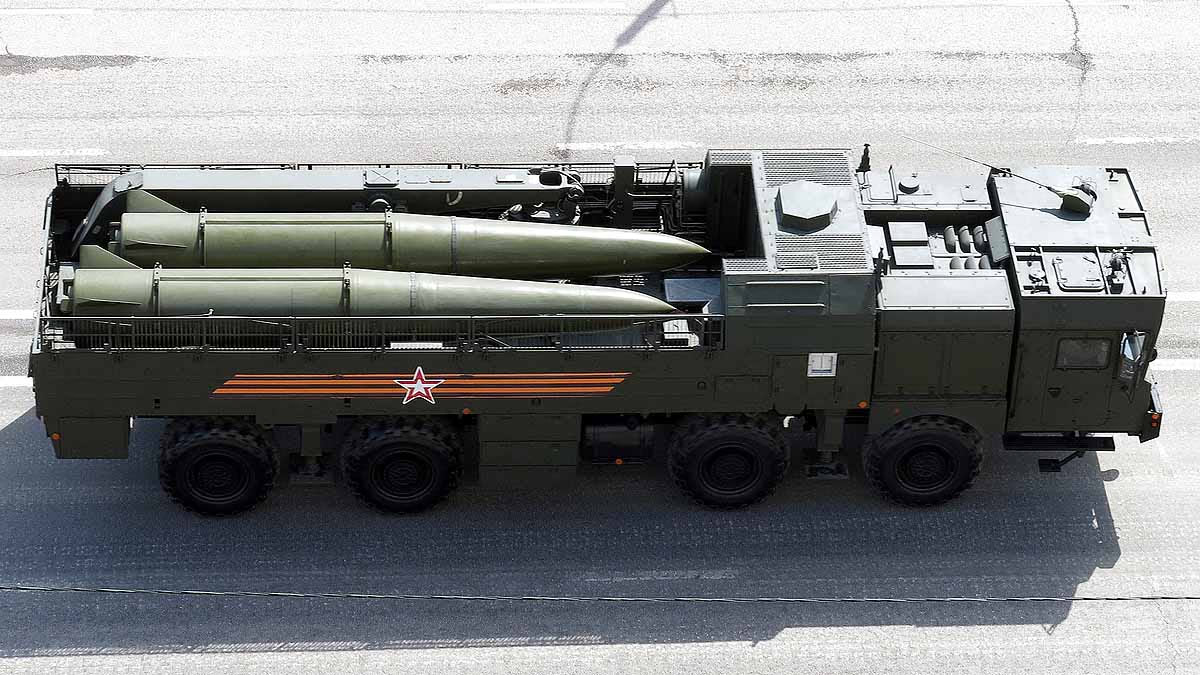A few weeks ago, reports emerged about Iran supplying its Fateh missiles to Russia for the Ukraine conflict. Now, Russia is reportedly giving Iran its formidable Iskander ballistic missiles for potential use against Israel. The acquisition could significantly challenge Israel's air defenses.
Read More:
Should these missiles reach Iran's arsenal, Israel's air defense systems could be at severe risk. The Iskander missile previously wreaked havoc near the Ukrainian city of Poltava, resulting in over 50 casualties and injuring more than 219 people. A similar assault could pose a grave threat to any city under Prime Minister Benjamin Netanyahu's jurisdiction.
The missile, officially known as the 9K720 Iskander, boasts a range of up to 500 km. Introduced by Russia in 2020 to replace the outdated OTR-21 Tochka, it is currently utilized by Russia, Armenia, Algeria, and Belarus.
Discover More:

Source: aajtak
Weight and Arsenal Capacity: 3800 kg with Six Weapon Types
This single-stage missile weighs 3800 kg, measuring 24 feet long and 3 feet in diameter. It can be equipped with warheads ranging from 480 to 700 kg, supporting six types of weaponry.
The arsenal includes thermonuclear warheads, high-explosive fragmentation, submunitions for multiple smaller explosions, penetration weapons for demolishing bunkers or buildings, and fuel-air explosives or EMPs.
Understand More:

Source: aajtak
500 km Range with Lightning Speed
The Iskander missile has a maximum range of 400 to 500 km and can travel 2 kilometers per second, attacking at a swift 7285.32 km/hr, offering little chance for the target to evade.
It operates using various navigation systems like inertial guidance, optical DSMAK, TERCOM, GPS, and GLONASS, with an accuracy rate between 1 and 30 meters, ensuring devastating impact even if it misses the exact target.
Russia's Arsenal: Three Variants of the Iskander
There are three variants of this missile: the Iskander-M, used by the Russian army as a ballistic missile; the Iskander-K, a cruise missile; and the Iskander-E, a new nuclear-capable version reaching altitudes of 50 kilometers in the atmosphere.




